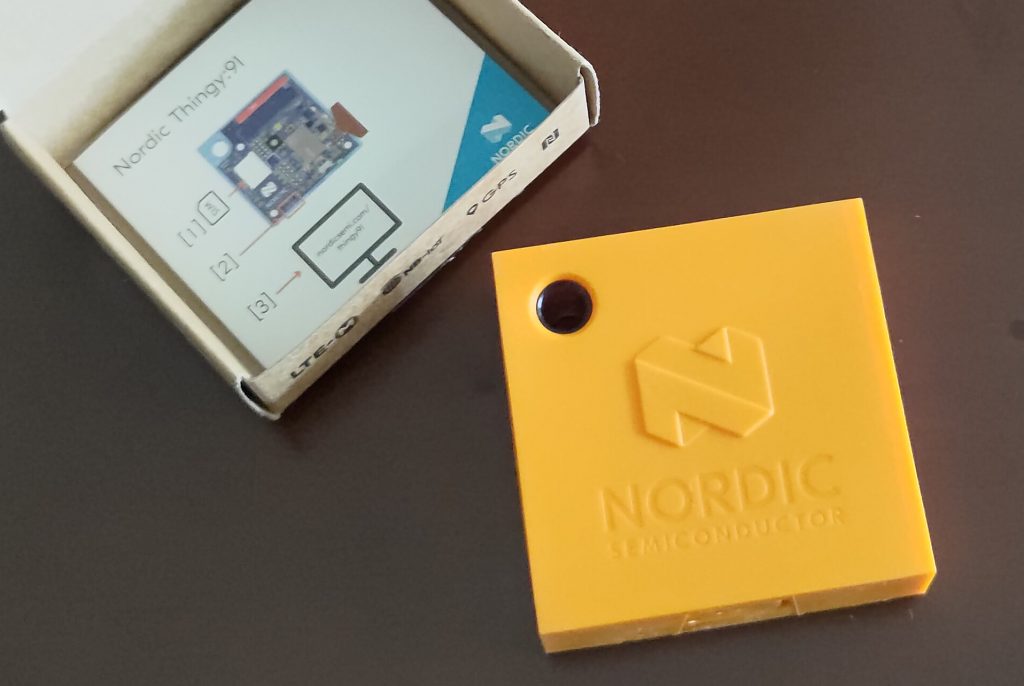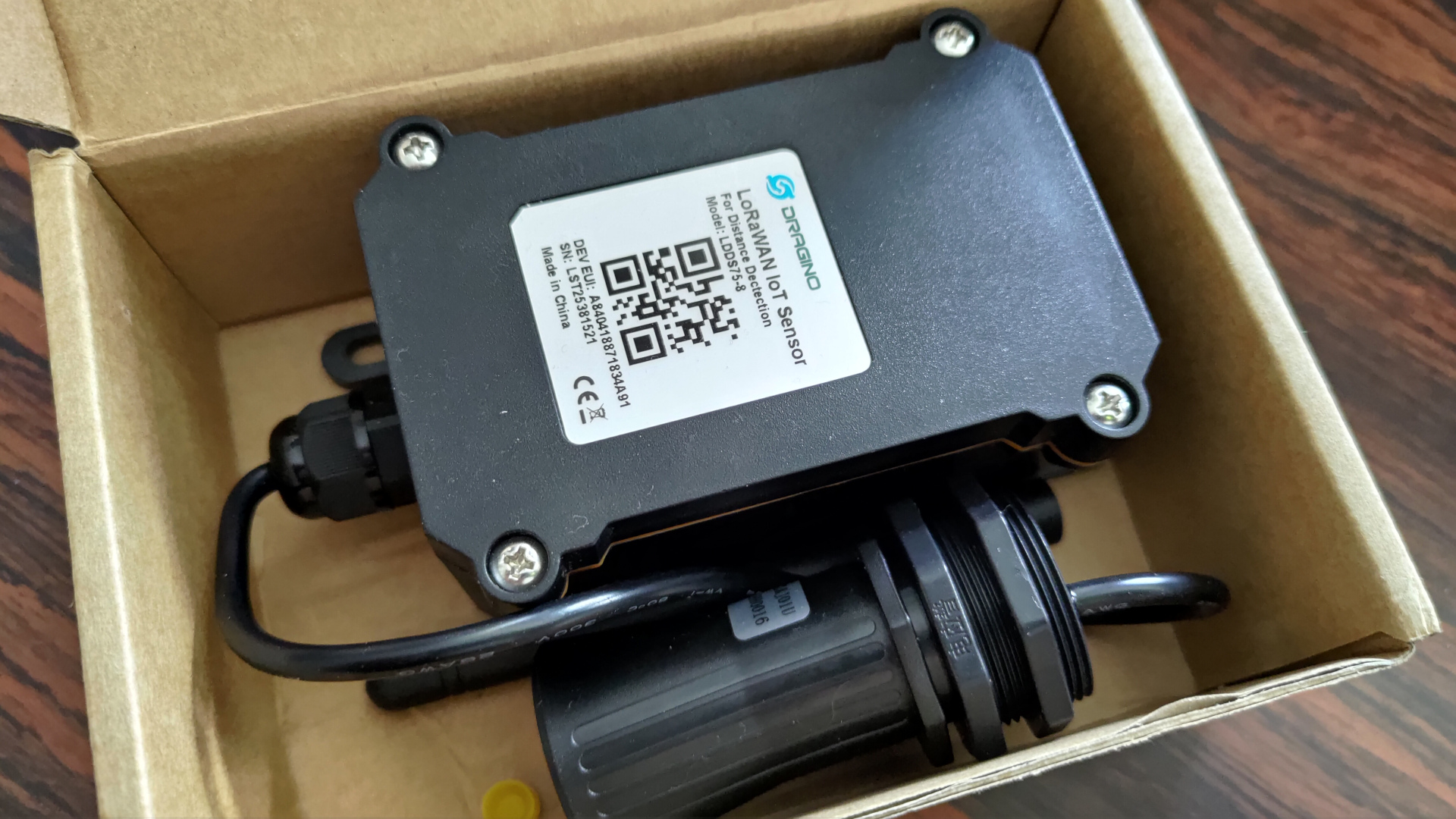Security is an important topic for the Internet of Things, and there are several considerations to secure device identity. A good practice is to use secure protocols (such as TLS or DTLS) for transmitting any sensitive information over the network and to ensure that passwords and other sensitive information are securely stored.
This article will provide an example of using X.509 client certificates for connecting to Azure IoT, using the Nordic Thingy:91 platform. The certificates are securely loaded directly to the device, so they are not exposed in the device firmware.
Using certificates allows a hierarchy of trust to be established, allowing system owners to delegate certificate management to third parties while retaining control of the root trust.
The article also covers the usage of IPv6, and accessing IPv4 servers from the Telstra IoT network, running in IPv6-only mode and using NAT64.
Continue reading Device Authentication with Nordic Thingy:91 and Azure IoT Hub(22 min read)



